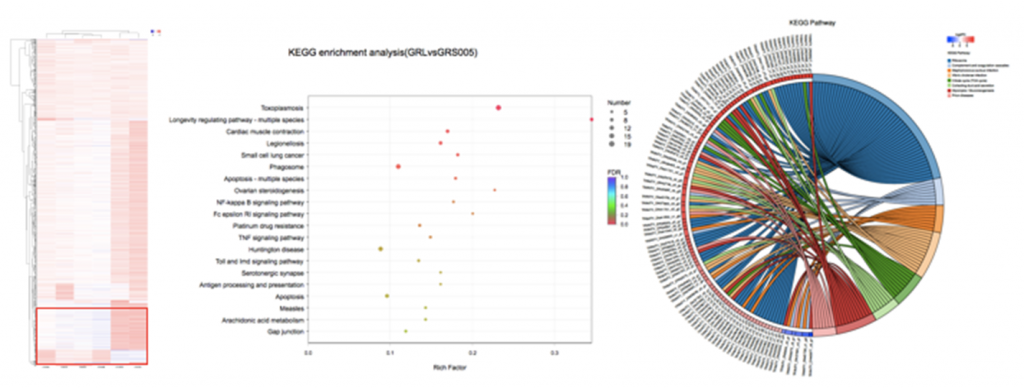Interaction between seafloor hydrothermal activities and adjacent cold seeps and its resource effect in the Okinawa Trough
National Natural Science Foundation of China
Both hydrothermal vents and cold seeps are the important pathways of transfer and exchange of materials and energies between lithosphere and exosphere (biosphere, hydrosphere and atmosphere). Their discoveries of these two extreme environments have made the study of the material cycle between the earth’s spheres more accurate. Recently, a series of investigations show that in some special areas, hydrothermal vents and cold seeps are not isolated from each other rather have some interaction or coupling relationship in tectonic geology, biological ecology and element cycle. Taking the Okinawa Trough in the Western Pacific Ocean as target, based on the previous discoveries, this study uses geophysical comprehensive processing analysis, visual observation, seabed shallow drilling, side-scan sonar and other means of investigation to take biological, mineral, fluid sampling and laboratory research to study the structural development characteristics and geomorphology of the symbiotic zone of the hydrothermal-cold seep system in this area. The evolution of seabed fluid flows, biological communities and mineral elements are analyzed to study the tectonic-geological interaction between adjacent hydrothermal vents and cold seeps, establish the coupling model between the two systems in terms of matter and energy, and reveal their communication and exchange between biological ecology in the same area. Our goal is to establish a basin-scale interaction model of hydrothermal vents and cold seeps, evaluate the resource effects, and deepen the understanding of the regularity of the regional flow-solid interaction in this extreme environment of the Western Pacific Ocean.


Lin G, Lu J*, et al. Adaptation to the deep-sea hydrothermal vents and cold seeps: Insights from the transcriptomes of deep-sea mussel in both environments. in prep.
